Where, when and how to spot an otter in the wild
Otters can live in most places where there is a rocky shoreline and nearby freshwater, but these tips collated by Joe Gibb – with the help of otter aficionado Roger Cottis – will help give you the greatest chance of spotting an otter in the wild.
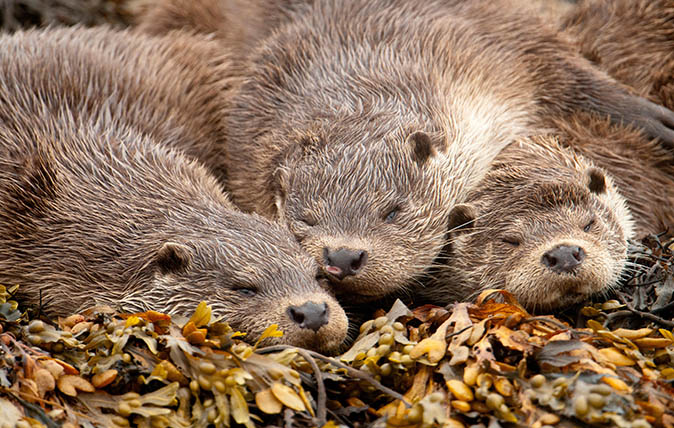

Books such as Henry Williamson’s Tarka the Otter and Gavin Maxwell’s Ring of Bright Water have inspired people to seek out and watch otters for generations.
Among them are writers and naturalists such as Miriam Darlington, author of Otter Country, Sir John Lister-Kaye, whose White Island describes working with Maxwell during his last years, and Mike Tomkies, who became ‘wilderness man’ after finding a battered copy of Ring on a Canadian rubbish dump.
Today, the Highland west coast is a wonderful place to otter watch. The population here has thrived, cars being their only real threat; in Skye, for example, numbers are at capacity and they’ve reduced their breeding cycle to every other year. That means seeing an otter should be perfectly possible – especially if you follow these tips:
Where to look for otters
In the heavily indented coastal areas of the West Highlands seaweeds are present and freshwater is readily available in the forms of rivers and coastal pools – these make very suitable sites for holts.
At Kyle harbour, otters regularly board the moored fishing boats and rifle through the boxes to find their favourite monkfish. Rod fishermen preserve a friendly rivalry with them – there are tales of fish being filleted on the bank behind their backs.
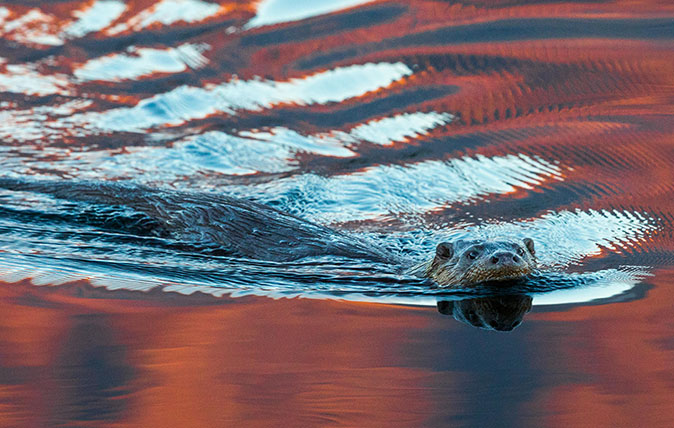
The Isle of Skye and the immediate mainland are the areas that Gavin Maxwell’s writing made famous, and in particular the coast around Glenelg where he lived. Visit the Kylerhea Otter Hide for a great chance to see an otter.
The Isle of Mull’s beautiful Calgary Bay in the north-west and Salen Bay are good viewing points.
Sign up for the Country Life Newsletter
Exquisite houses, the beauty of Nature, and how to get the most from your life, straight to your inbox.
Loch Sunart on either side of the loch, including Ardnatang Bay, are well known for otter sightings.
Otters have also been seen all around the wild coast of Ardnamurchan, but particularly Kilchoan at the western extremity.
Look up as well as around
Keep an eye out in the skies for clues as to the otters whereabouts: hoodie crows sometimes work as a pair to hustle a young otter, with one diverting his attention by tweaking his tail as the other pinches his fish supper.
In Norway, white-tailed eagles build their eyries near holts, swooping in on a big catch and frightening the fisherman away, and there are signs of Scottish white-tailed eagles adopting a similar ploy.
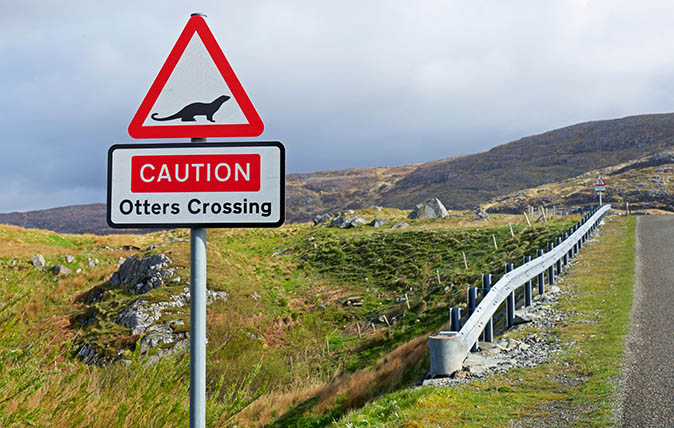
When to look for otters
Time of day – and time of day relative to the tide – is crucial. The best time to see otters fishing is on a receding tide when most fish are forced to move; on shore, they turn over boulders and hunt in seaweed to find stranded blennies and the crabs that sustain them in winter.
And if you get lucky, what you might see otters catch and eat
Their carnivorous diet is wide-ranging – Roger Cottis once watched an otter drag a conger eel from the sea and devour every inch of it, and if they had the choice, otters would probably dine exclusively on these highly nutritious delicacies. The increasing rarity of this prey has meant they feed on the butterfish, blennies, sea scorpions and lumpsuckers in West Highland waters.
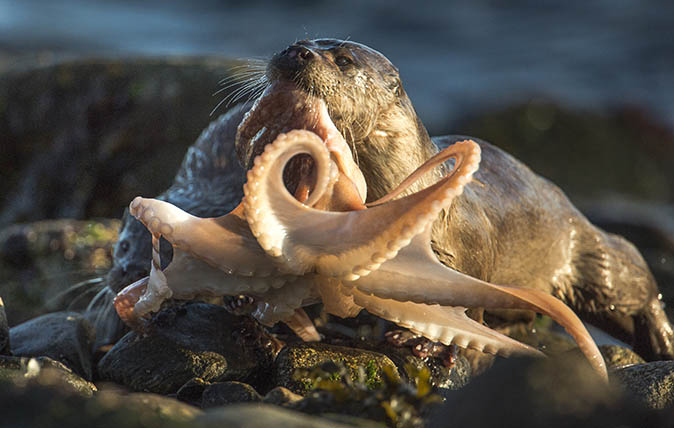
In freshwater, they feed on trout and salmon, but if you walk up a burn in spring, you may find a trail of frog skins turned inside out.
When driven to it, the otter’s diet can include sea birds. Otter spott Roger Cottis has seen an otter kill a floating black guillemot, ambushing it from under the water, and a cormorant competing for a fish met an untimely end, too. In an inland holt, he once found a dead merlin, presumably taken off its nest.
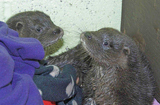
The best UK wildlife spotting holidays
As a pair of lost otters are found in a Thurso garden, we find some of the best wildlife spotting
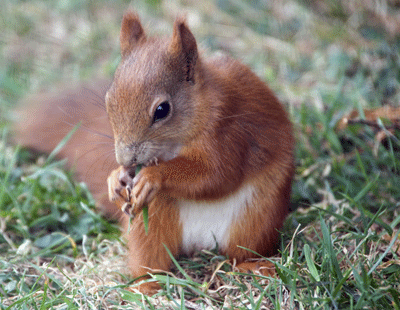
Wildlife images from the Country Life picture Library
A selection of wildlife images from the Country life Picture Library give a taste of what's in the archive for
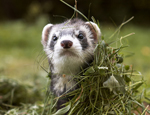
Country Life's Favourite animals
Country Life is compiling a list of our favourite animals, from the red squirrel to the water vole
Country Life is unlike any other magazine: the only glossy weekly on the newsstand and the only magazine that has been guest-edited by HRH The King not once, but twice. It is a celebration of modern rural life and all its diverse joys and pleasures — that was first published in Queen Victoria's Diamond Jubilee year. Our eclectic mixture of witty and informative content — from the most up-to-date property news and commentary and a coveted glimpse inside some of the UK's best houses and gardens, to gardening, the arts and interior design, written by experts in their field — still cannot be found in print or online, anywhere else.
-
 Chanel takes a cruise around Lake Como
Chanel takes a cruise around Lake ComoThe last Chanel collection designed entirely by the atelier has been unveiled on the shores of Lake Como, in Italy.
-
 'Tate Modern has exploded the canon of art history, and transformed the public’s relationship with contemporary art'
'Tate Modern has exploded the canon of art history, and transformed the public’s relationship with contemporary art'Artwork by Louise Bourgeois and Salvador Dali, among others, will be on display for the Tate Modern gallery's 25th Birthday Weekender event.